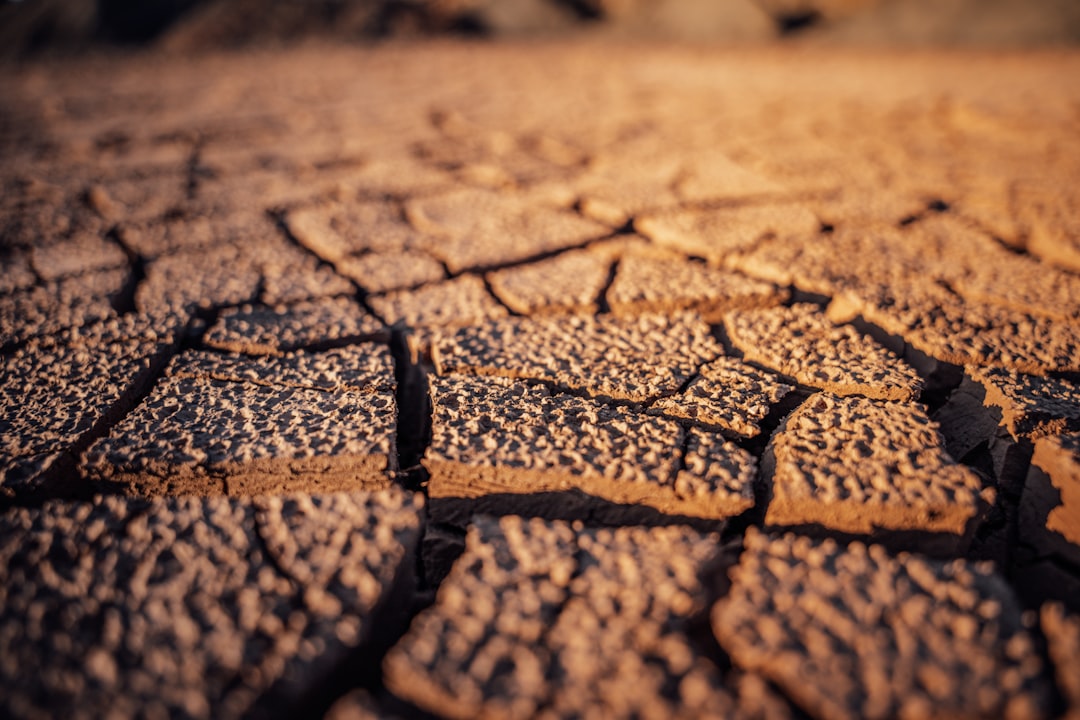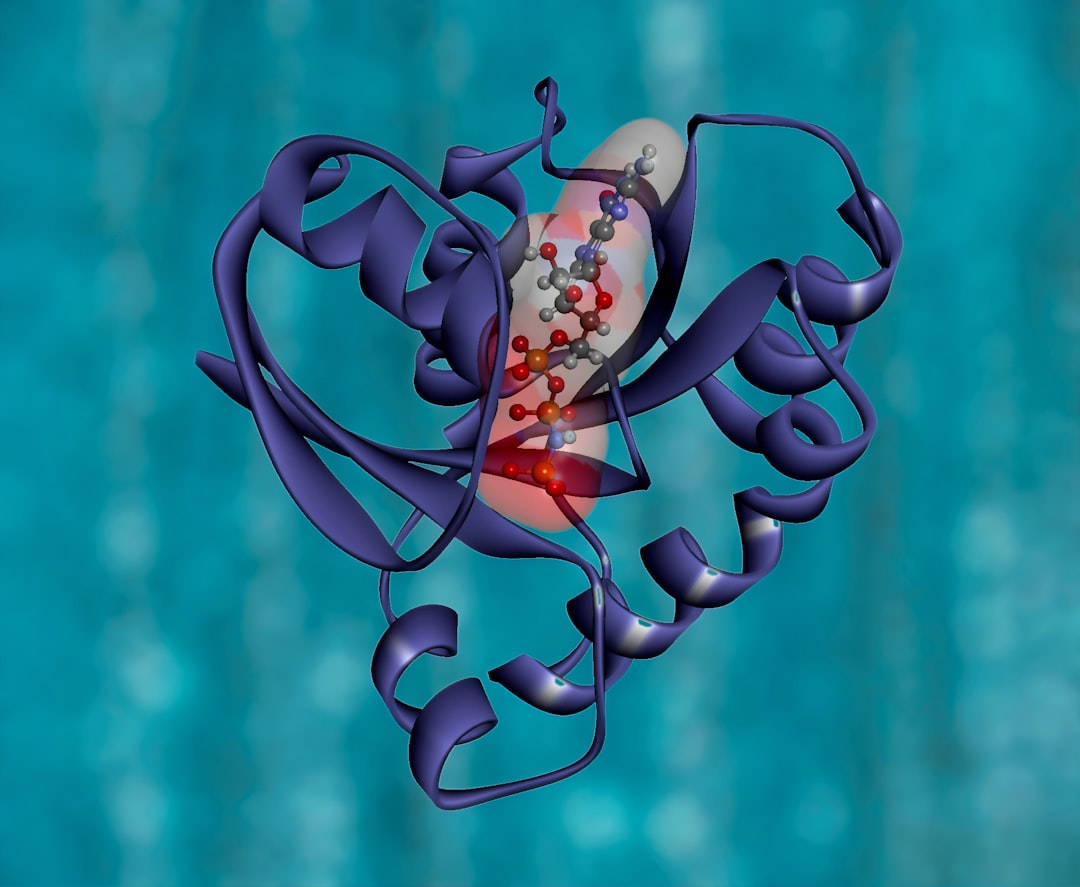What is it about?
This paper examines what happens when calcium metal is deposited on the surface of the layered compound niobium diselenide. Evidence was found that calcium atoms initially were able to penetrate between the niobium diselenide layers to form a so-called intercalation compound. Upon continued calcium deposition the niobium diselenide layers broke up, to form a disordered layer of mixed reaction products. Eventually, as even more calcium was added, islands of calcium metal formed on the surface.
Featured Image

Photo by Laura Ockel on Unsplash
Why is it important?
The layered transition dichalcogenides, of which niobium diselenide is an example, are very interesting as low-dimensional model systems, and also for practical applications in nano-engineering and as battery materials. Of particular interest is the possibility to fine-tune their properties by intercalation. The interfacing with metals is of obvious importance in engineering applications. The results of this study may also provide useful guidance for future systematic studies of similar systems.
Read the Original
This page is a summary of: Deposition of Ca on the 2H–NbSe2 surface: Competing processes, The Journal of Chemical Physics, April 2024, American Institute of Physics,
DOI: 10.1063/5.0201641.
You can read the full text:
Contributors
The following have contributed to this page










